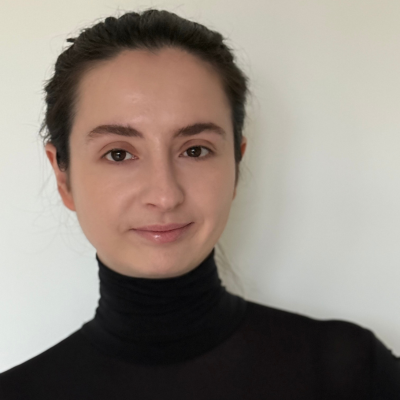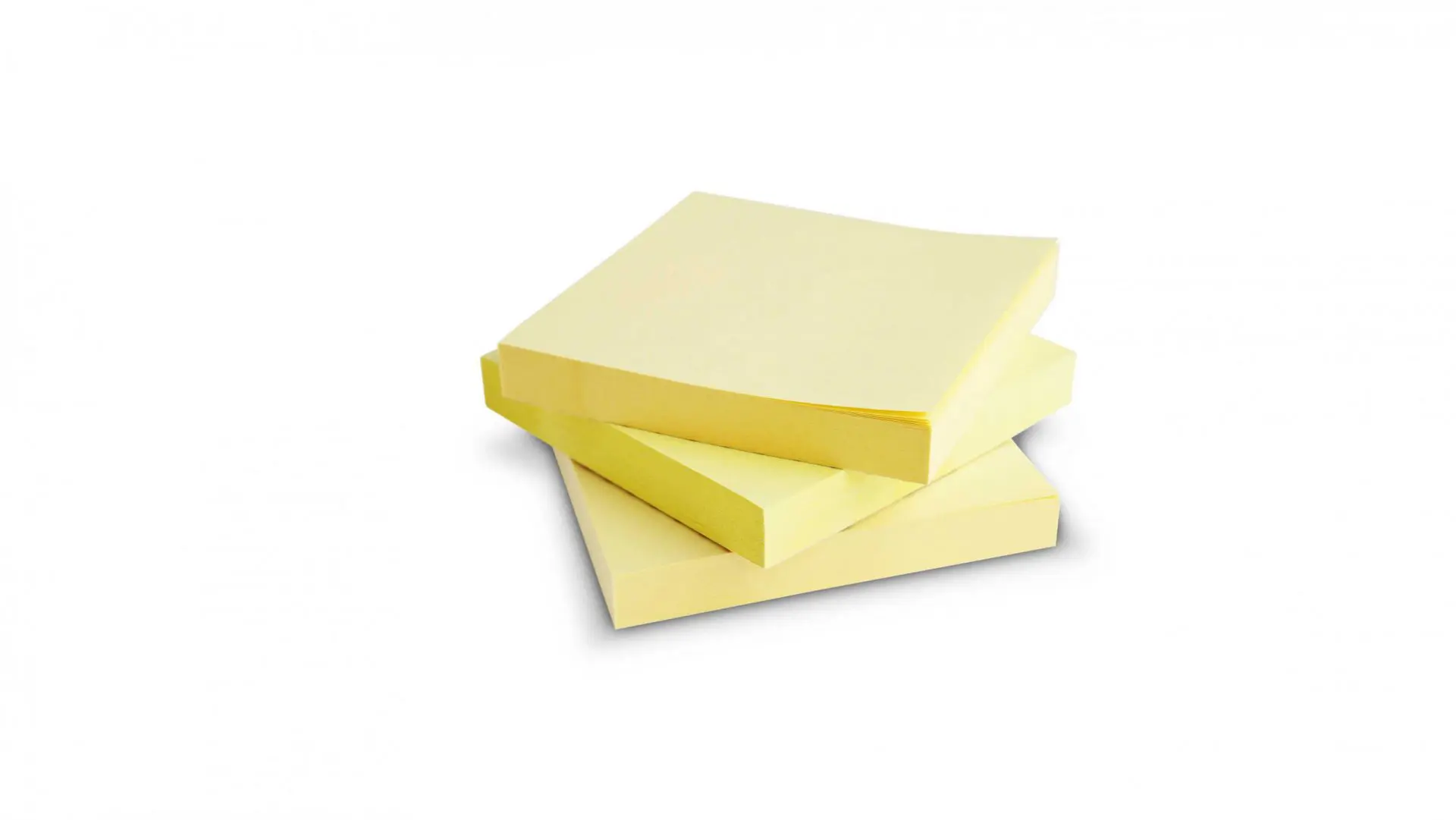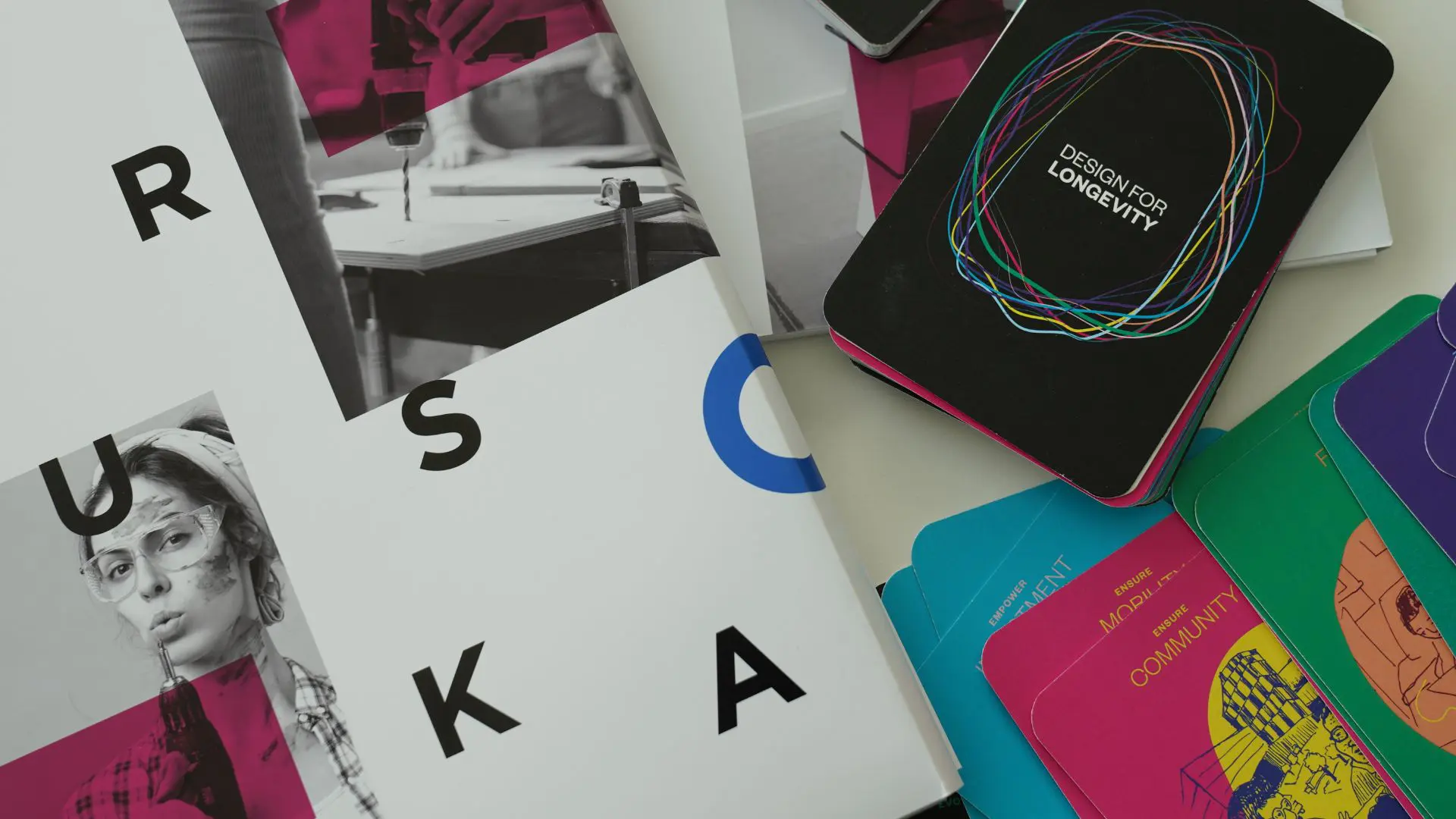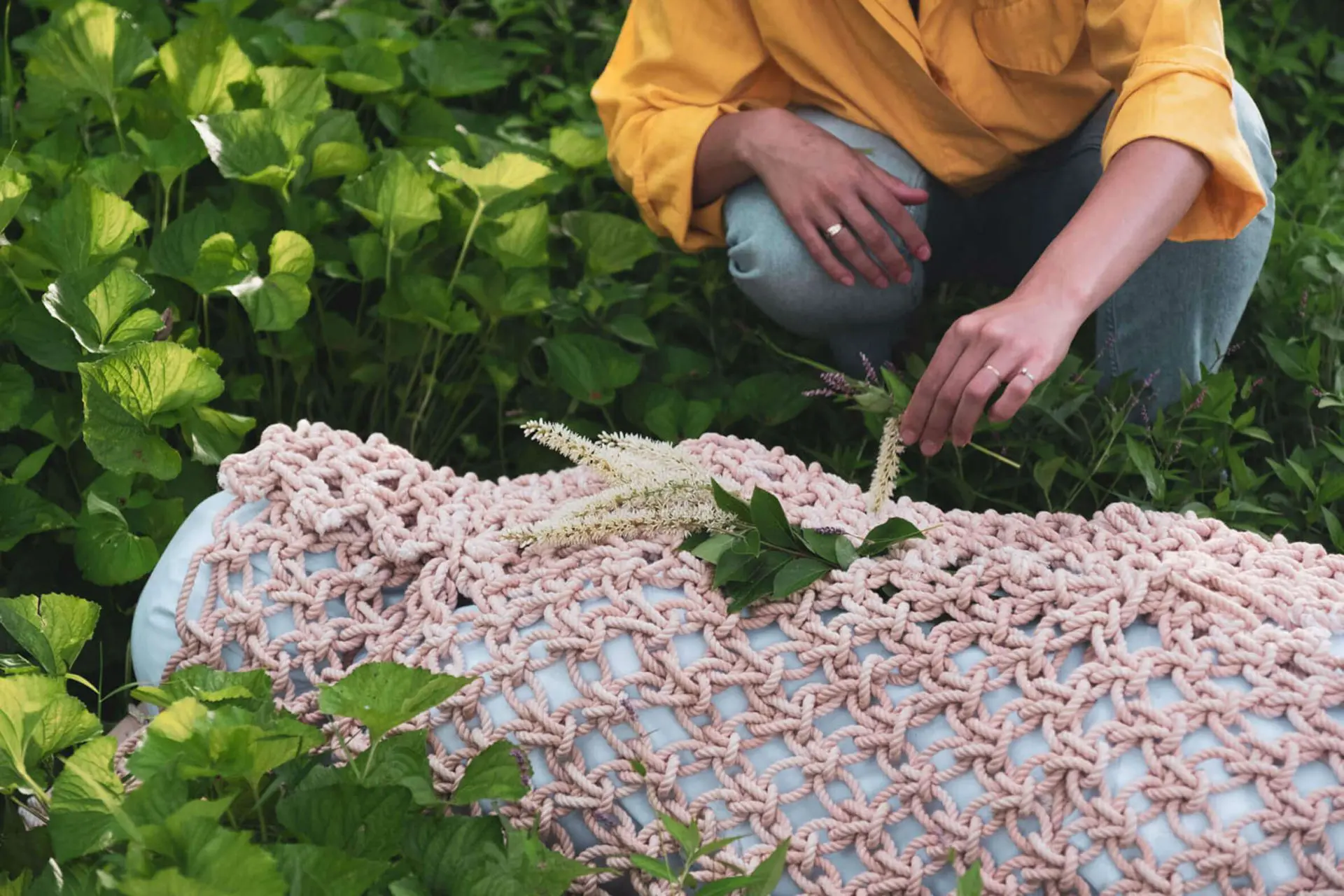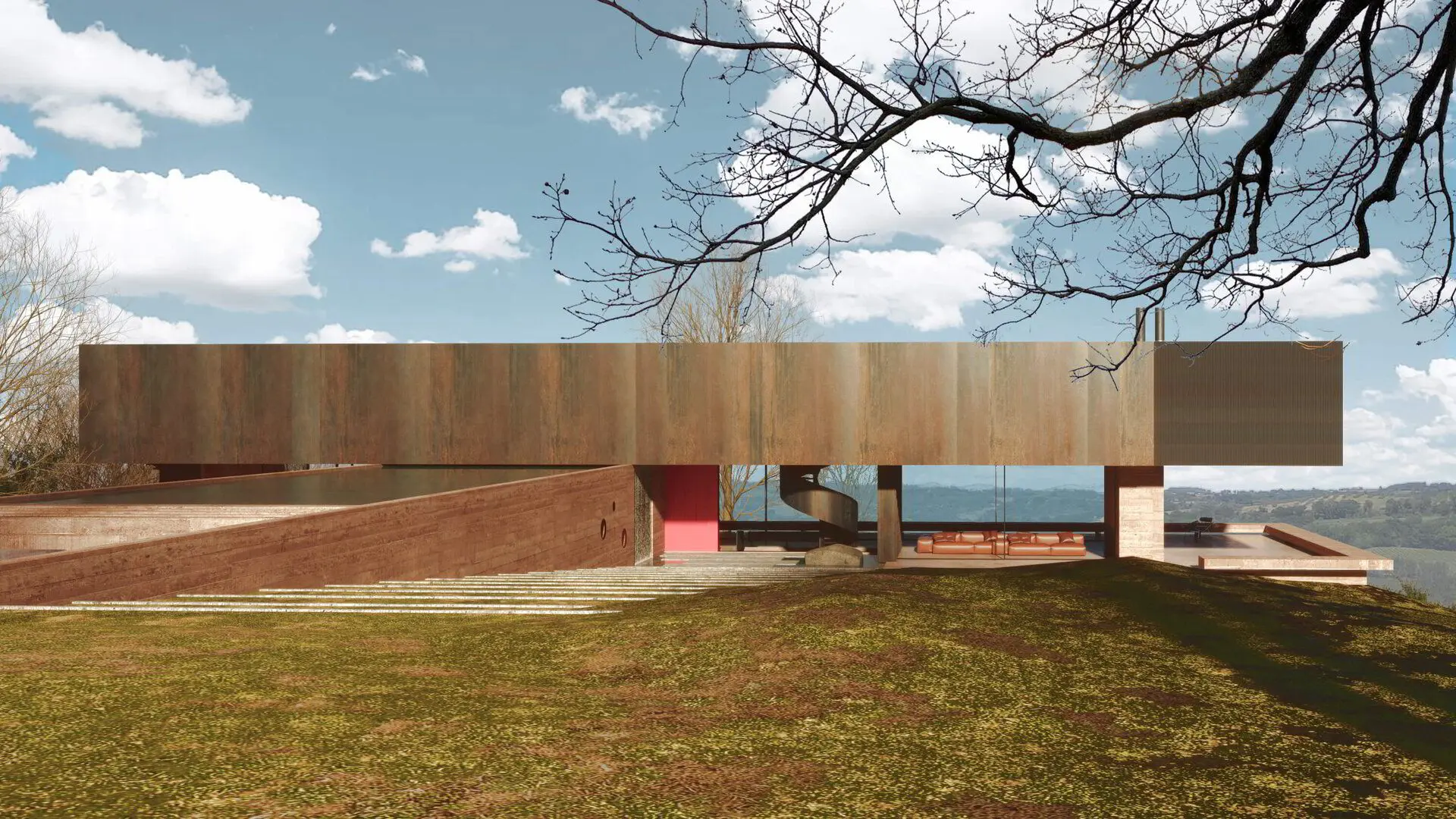Johanna Seelemann’s underground urban oasis
With Oase, the German designer proposes an imaginative intervention for the enrichment of trees in urban spaces. Inspired by an ancient low-tech irrigation method, the unglazed terracotta vessels boost water conservation by up to 70% and enhance trees’ resilience.

As timely as ever and founded on the principles of interspecies design, Oase regards trees as active protagonists in urban planning, deserving of the same consideration as humans. Johanna Seelemann’s design concept, rooted in interconnectedness, envisions cities not only as human habitats but as shelters that actively protect biodiversity as the needs of non-human urban dwellers are prioritized.
Commissioned by the MAKK Museum Cologne and the Ökorausch Think Tank e.V. for the exhibition Between the Trees. Urban Green – Art – Design, 2023, at its heart, Oase is a call to action.

Oase comprises a series of unglazed terracotta vessels in earthy tones inspired by a watering technique that has been around for thousands of years and was used in ancient Greece. When filled and buried next to a tree, the porosity of the material enables it to retain water and gradually release it to the tree. The water neither evaporates nor seeps away and is thus always available to the tree. In contrast to traditional surface irrigation methods, this technique represents a more sustainable approach to water use and improves trees’ resilience as well.

Oftentimes gravely affected by stress factors such as heat, pollution, and inadequate soil conditions, Oase ensures that trees can thrive even in less-than-ideal urban settings by enhancing water retention directly at the roots where it’s most needed.

Meticulously hand-crafted by Studio Johanna Seelemann, the vessels are made using a single type of terracotta clay. The clay undergoes firing at two different temperatures to achieve its distinct functions. Following the designer’s initial sculpting by hand using industrial plasticine, the creation of the plaster molds comes next. Once the slicing and hand-pressing of the clay into the molds is complete, the pieces are brought together and the surfaces are reworked by hand.

Aesthetically, as thoughtful in function as they are in form, the pieces are evocative of automobile fuel tanks and through this design language seek to highlight the shared use of materials and shapes for both humans and plants. While the light-colored vessels gradually dispense water to the plant’s roots, their dark-colored counterparts, high-fired for durability, transform into minimalist vases.

Based in Germany and Iceland, Seelemann’s practice encompasses conceptual design, product development, research-driven installations, video works, and creative direction. Investigations morph into design methods developed using substitution, adaptation, and resiliency as primary tools. The Design Academy Eindhoven graduate has previously assisted Andrea Trimarchi and Simone Farresin, the Italian couple behind the design studio Formafantasma, in their “Ore Streams” and “Cambio” projects. Seelemann’s work has been exhibited at the Victoria & Albert Museum in London, Villa Noailles in Hyères, the Museum of the City of New York, and the Design Museum in Helsinki.
An oasis, a fertile land in a desert or semi-desert environment, provides habitats for animals and plants. According to the German Forest Protection Association, trees on streets endure 60 years, while those in parks can thrive for around 200 years. As a tribute to urban trees, Seelemann’s vessels demonstrate how ancient techniques can be contemporized and in this way empower designers to forge innovative and environmentally attuned solutions.

